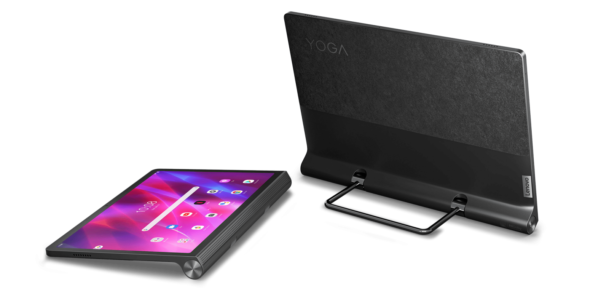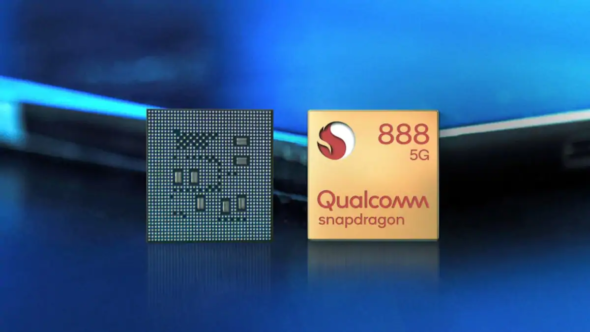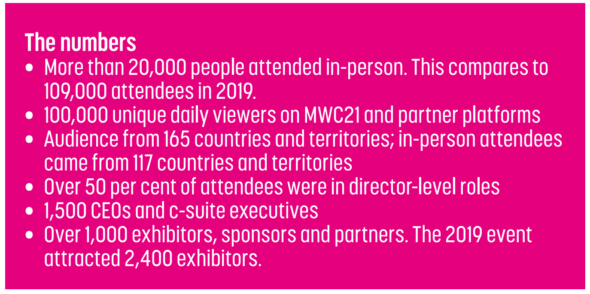
Mobile World Congress is renowned for its ability to attract attendees from across the globe, with everyone eager to see the innovations that could shape the future. Yet the international nature of the show has caused real difficulties since the onset of the pandemic, with the 2020 event cancelled.
Earlier this year, with the coronavirus situation still uncertain, the GSMA announced that Mobile World Congress 2021 would be held as a hybrid event. This went ahead as planned, with significant keynotes held virtually for the first time.
Kicking off MWC Barcelona 2021 with a keynote address, Mats Granryd, director general of GSMA, said, “We are excited to be back in Barcelona, back to business, and back together. This year’s theme, Connected Impact, puts front and centre the power of mobile technology to affect meaningful change. With arguably our strongest speaker line-up yet, innovative product launches, and the release of the GSMA Intelligence Global Mobile Economy Report 2021, we’re celebrating the resilience and progress the industry has made despite a year of extraordinary challenges.”

Day one highlights included Lenovo showcasing plenty of new devices, with the company unveiling new Android tablets. Amongst the new line of tablets was the Lenovo Yoga Tab 13 (pictured above), Yoga Tab 11, Tab M7, Tab M8 and Tab 11 Plus.
The Yoga Tab 13 has a 13-inch screen, and a screen resolution of 2160 x 1350, 8GB of RAM with 128GB/256GB storage options, a Qualcomm Snapdragon 870 chipset and a 10,000mAh battery.
Lenovo said this product can “augment work” as it can be used as a “super portable secondary display while connected to your laptop via its included micro-HDMI to USB cable”.
Qualcomm announced an upgraded version of the Snapdragon 888 processor. The Snapdragon 888+ (pictured below) features improved processing and AI. The upgraded Kryo 680 CPU runs at speeds up to 3.0 GHz while preserving power, a 20 per cent AI performance upgrade, and supports virtually every 5G network with download speeds up to 7.5 Gbps.

Innovations and launches
On day two, Elon Musk made during a video-linked keynote speech where he announced Starlink is on track to provide a connection from anywhere in the world, except the poles, by this month. The satellite-internet system now has over 69,000 active users and Musk said the company hopes to have 500,000 users within a year.
Starlink customers connect using small satellite receivers that are priced at £360; Musk said this is a subsidised price, with the devices costing the company £720. The service is now operational in 12 countries, with Musk adding that Starlink has “two quite significant partnerships with major country telcos”.
Huawei marked its appearance at the event with the release of new networking products. The company unveiled a series of 5G products that it said aim to expand multi-antenna technology to all bands and scenarios. This included the 400 MHz ultra-wideband 64T64R massive MIMO, a 64T64R massive MIMO, the BladeAAU Pro, the BladeRRU Pro and a commercial FDD Massive MIMO product.
Yang Chaobin, president of Huawei’s wireless product line, said, “By launching this series, we aim to bring multi-antenna technology to all scenarios and bands. Several products within the solutions are one-of-a-kind and will help operators efficiently deploy 5G networks and provide first-rate experience. Huawei will work with global partners to innovate and share 5G benefits with all.”
Elsewhere, HP revealed the Pavilion Aero 13, its lightest laptop that weighs less than 1 kilogram, alongside the HP M24fwa FHD Monitor and HP M27fwa FHD Monitor. These additions to the M-Series line of monitors feature built-in audio and are made with recycled ocean-bound plastics.
The view from GSMA
Speaking after the event had concluded, John Hoffman, CEO, GSMA, said, “We have a new appreciation for the value of human connection and, for me, being together again at MWC21 in Barcelona has been inspiring.
“Last February, we were faced with a fast-moving coronavirus and were the first organisation to cancel a large international event over health and safety concerns. [At MWC21] we reignited business by bringing together the mobile and adjacent vertical ecosystems in a safe and healthy environment.
“The dynamism of global circumstances meant that we had to evaluate and re-invent operational processes in partnership with our teams to make MWC a reality. I’m proud of the team and profoundly grateful for everyone who played a role in bringing the industry back together again.”
The GSMA itself made several announcements at the show. It unveiled its international fraud deterrent system, developed by GSMA and Mobileum. GSMA said this will enhance the telecoms industry’s capacity to combat robocalling and other unwanted or fraudulent calls. It is inviting the global telecoms industry to trial the model to evaluate the advanced collaborative fraud and nuisance call prevention techniques.
In addition, GSMA shared details on its telco edge operator platform - GSMA today reveals details of the first project trials that optimise the power of edge computing, ensuring that next-generation applications can benefit from 5G’s ultra-low latency and high bandwidth. More demanding consumer and enterprise use cases make it essential for service providers to run applications closer to end-users at the edge of any network. Based on the GSMA Operator Platform Specification, Telco Edge Cloud will provide enterprise developers and aggregators with a consistent way to reach connected customers.
The GSMA is now planning for MWC22, which will be held between 28 February and 3 March 2022. The dates for 2022 will be in Barcelona, and several of GSMA’s partners have already signalled their support by confirming their plans to attend and exhibit. Those partners include: AMDOCS, Dell Technologies, Deutsche Telekom, Ericsson, Intel Corporation, Lenovo Technology, LG Uplus, NEC Corporation, Netcracker Technology, Nokia Solutions and Networks, Ooredoo, Orange, Qualcomm Technologies, Samsung Electronics, SAP, Telefonica, Verizon, VMWare, Xiaomi, and ZTE Corporation.

